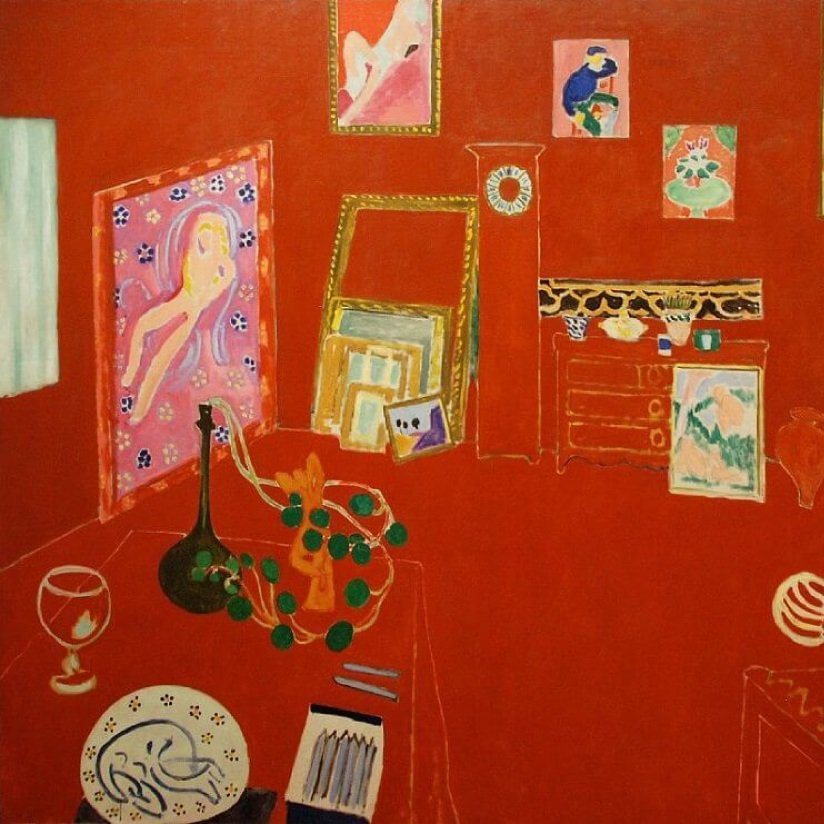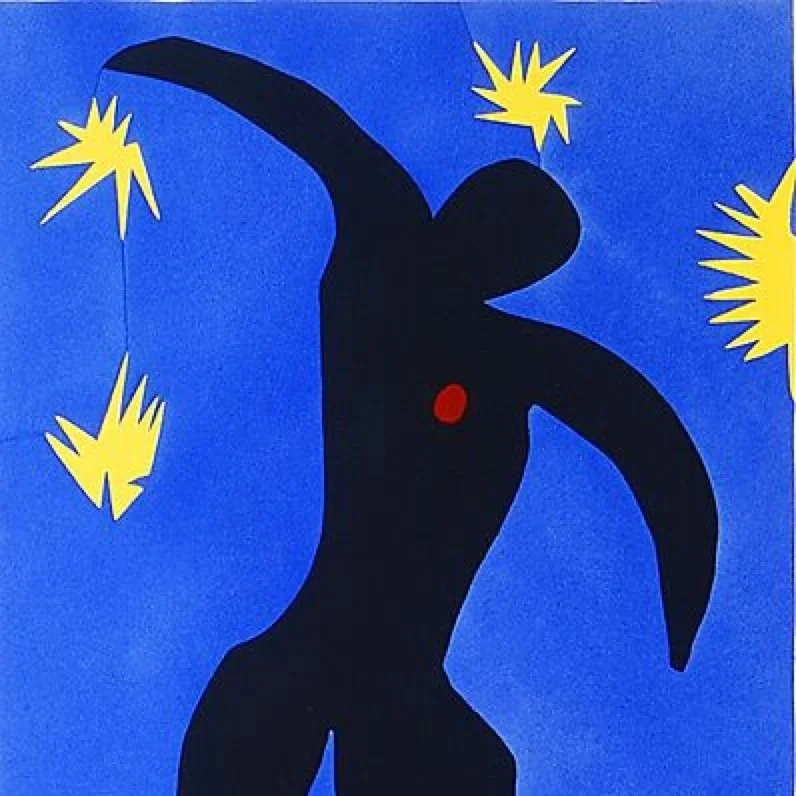Henri Matisse
Henri Émile Benoît Matisse (French: [ɑ̃ʁi emil bənwa matis]; 31 December 1869 – 3 November 1954) was a French visual artist renowned for his bold use of color and fluid, original draughtsmanship. Though he was also an accomplished printmaker and sculptor, Matisse is best known as a painter. Alongside Pablo Picasso, he is widely regarded as one of the key figures who shaped the revolutionary developments in modern art during the early 20th century, contributing significantly to the evolution of both painting and sculpture.
The vivid colorism of the works he produced between 1900 and 1905 earned him a reputation as one of the Fauves (French for “wild beasts”). Many of his most celebrated pieces were created after 1906, when he developed a refined style marked by flattened forms and decorative patterns. In 1917, Matisse moved to a suburb of Nice on the French Riviera, and his more relaxed and lyrical style of the 1920s earned him acclaim as a modern heir to the classical tradition in French painting. From the 1930s onward, he embraced a bold simplification of form. In his final years, when illness prevented him from painting, Matisse turned to cut-paper collage, creating a major body of work that further cemented his legacy.
His mastery of color and line, evident in a prolific career spanning more than half a century, established him as one of the most influential figures in modern art.





